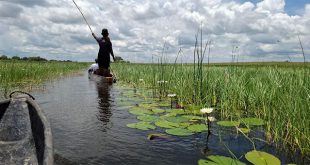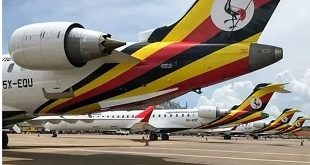
By Morris Komakech.
Time to elect leaders who have the vision, tenacity, and capacity to lay the foundation for recovery
The elections of 2016 have started attracting attention and this is partly why it is important for Northern Uganda. Many people look to each election time as a window of opportunity to change personal fortune. Elections in Uganda can be treacherous. The cost of democracy is expensive; which means that people stake out their votes to the highest bidder. Elections platforms have failed to catch the fragmented interests of the voters who don’t trust politicians.
One can say that democracy is not for those without legitimate interests to protect. If you have no interest in farming, business, trade, governance, security and industry, then you should not be in politics.
Most politicians are naturally sore losers who hold their esteem and interests above that of the voters. Irrespective of the fact that Ugandan voters are apathetic to the wasteful routine of pre-determined elections, they still value their participation in the process of electing crooked leaders.
The year 2016 marks exactly 30 years of tragedy for Northern Uganda. Out of the 30 years of NRM rule, Northern Uganda will have had 10 years of peace.
Since The LRA Peace Accord in 2006, some normalcy has returned – the majority of interned Acholi have returned to their ancestral homes, albeit impoverished and disenfranchised.
The significance of 2016 therefore serves to re-invent identity, revitalisation and re-entry to the mainstream. The theoretical basis of the 20 years of war in Northern Uganda was to achieve a social transformation in the region. The NRM leadership propagated that people from Northern Uganda were chauvinists, primitive, killers, and therefore deserving of a forceful transformation.
The war was orchestrated and sustained through critical fronts: depriving the region of livestock, mass displacement of people from their natural habitats, destruction of their farmlands and degradation of their environment. Northern Uganda today endures horrifying deficit in land cover as deforestation has left that countryside plain. In fact one can now stand in Gulu and is able to see with his natural sight, the borders of Uganda and Sudan because there are no more trees. Much of the plants in Northern Uganda today are shrubs, thorns and stunted plants. Most of the large trees that once provided canopy, regulated wind-flow, weather, atmospheric water, minimised soil erosion, and provided niche for wildlife, are no more.
The election of 2016 is significant because it is about post-conflict recovery. It will set a new tone for the electorates to choose between a new breed of leaders who are capable of peacetime leadership through social innovation and population based resource mobilisation to revitalize the rural and urban economies in the Northern Uganda region, and those stuck in conflict mind-set.
The challenges of Northern Uganda are numerous, but the critical ones are associated with the number of young, uneducated, orphaned and sickly young people. Most of them are unemployed or in between menial labour such that they have no time to discover their true identities outside what the regime says of them. The economic magic of peaceful Uganda has not fully embraced northern Uganda. There are signs of slow reintegration taking place as new buildings are sprouting and low end middle class is emerging. This has illustrated the resiliency of the people, but also reveals a deeper need for more ideological orientation specifically to tackle post conflict challenges such as pervasive sense of hopelessness, undiagnosed post traumatic stressors, maladjustment leading to self-destructive activities such as chronic alcoholism and underclass mannerism leading to sex risks for contracting and spreading HIV.
The 2016 elections provide a potential for the Northern Uganda population to take the stride towards complete recovery. The real recovery and reintegration of Northern Uganda into the mainstream has been predicted to last over 40 years. For now, each election should be utilised to select leaders who have the vision, tenacity, and capacity to lay the foundation for recovery.
 The Independent Uganda: You get the Truth we Pay the Price
The Independent Uganda: You get the Truth we Pay the Price





